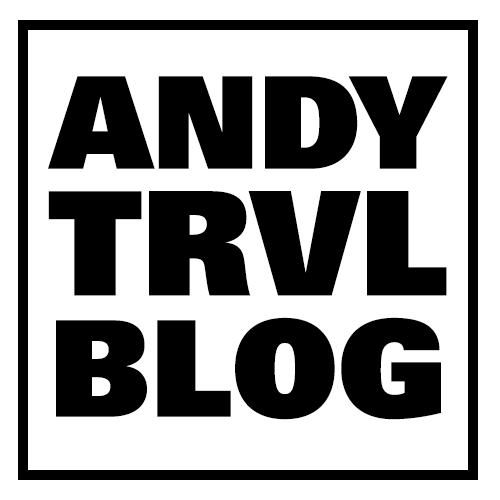Hooray it’s another supermoon tomorrow! But this one is even more special than a regular supermoon (which, despite its epic title, isn’t really that rare or different), it’s a BLUE BLOOD SUPERMOON. What the heck does all that mean?
- The moon has an elliptical orbit around the earth. A supermoon is when the moon reaches its closest point to earth in its orbit
- A blue moon is nothing special astronomically, it’s simply when there are two blue moons in the same calendar month. These happen somewhere around every 2.7 years (it’s also where the phrase ‘once in a blue moon’ comes from)
- During a total lunar eclipse the earth blocks all the light from the sun during a lunar eclipse and the moon passes through the earth’s shadow/umbra. This gives the moon a red tint due to light diffraction, so it’s called a blood moon.
On January 31, 2018, all three are happening at the same time. It’s a Super Blue Blood Moon or Blue Super Blood Moon or Moon Super Blood Blue or whatever they’re calling it.
If you’re a photographer and want to capture this bit of astronomical coolness let’s go over some tips, in addition to the YouTube video below (pssst…AND SUBSCRIBE TO THE YOUTUBE CHANNEL)
Context
So many people with amazing cameras and gimbals and enormous lenses/telescopes will be getting amazing pictures of the moon tonight and tomorrow, so don’t feel the pressure of just taking a picture of the moon. Put some context around the moon to make the shot more interesting. Here’s the picture I used in the video to illustrate the concept during a total lunar eclipse in 2015. You may need to composite images together (like I did below) in order to get the concept right.
Shutter speed
The moon moves surprisingly quickly through the sky, so your shutter speed will need to adjust throughout your shooting session. The moon is incredibly bright during a full moon but gets darker and redder in a hurry during a lunar eclipse so you may need to switch to manual mode and adjust shutter speed accordingly.
Research
This is probably the most important part. I’m using three tools to plan my photography efforts tonight.
- The first is TimeandDate.com. They have a lunar eclipse modeler which tells you the exact times the eclipse will occur near you. Dallas, for example, is actually not that well positioned for the eclipse, since maximum eclipse will happen after the moon is below the horizon, but hopefully it’s better where you are.
- The second is The Photographer’s Ephemeris. It allows you to plot your location (or your planned location) on top of a Google Map and see where the sunrise/sunset/moonrise/moonset will be in relation to it. I use this on nearly every trip I take.
- The third and final is PhotoPills. Once I arrive at my location I use PhotoPills Augmented Reality feature to see where the moon will be rising or where the Milky Way will appear. This will make sure you’re in the perfect spot to avoid having the moon disappear behind buildings or anything like that.
I hope these tips are helpful, leave some comments below and let me know if you have any questions, happy shooting tonight and tomorrow!




